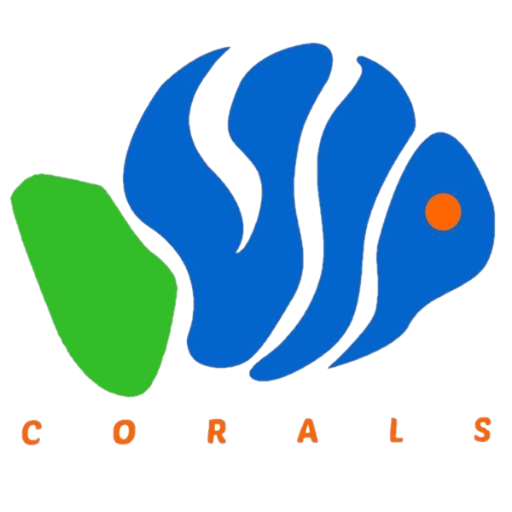Authors
Joshua Vacarizas, Garry Benico, Nero Austero, and Rhodora Azanza
2018
Abstract
Morphological and phylogenetic analysis showed that the Gambierdiscus isolate from Bolinao, Philippines belongs to the species of G. carpenteri. It was morphologically more similar to the Merimbula strain than the subtropical Florida Keys strain. Growth and toxin production were also investigated at varying levels of temperature, salinity, and irradiance. Gambierdiscus are known to grow favorably in a low light environment. However, this study showed high growth rates of G. carpenteri even at high irradiance levels. Generally, cells produced more toxins at lower treatment levels. Highest cellular toxin content recorded was 7.48 ± 0.49 pg Pbtx eq/cell at culture conditions of 25 °C, 100 μmol photons m−2 s−1, and salinity of 26. Growth rate and toxin production data suggest that cells produced more toxins during the slowest growth at certain range of treatments. This information gives insight into how changes in environmental conditions may affect toxin production and growth of G. carpenteri.
